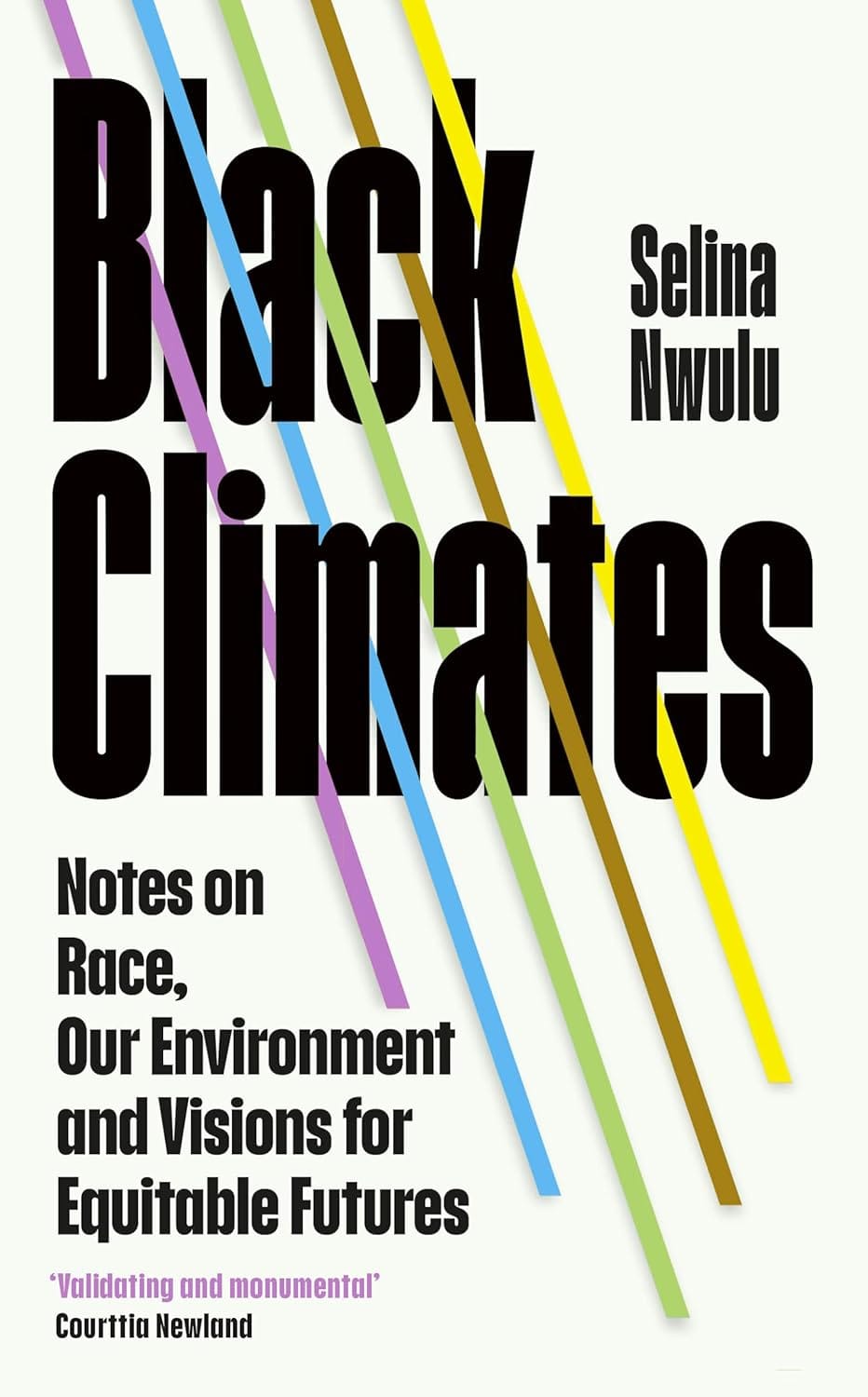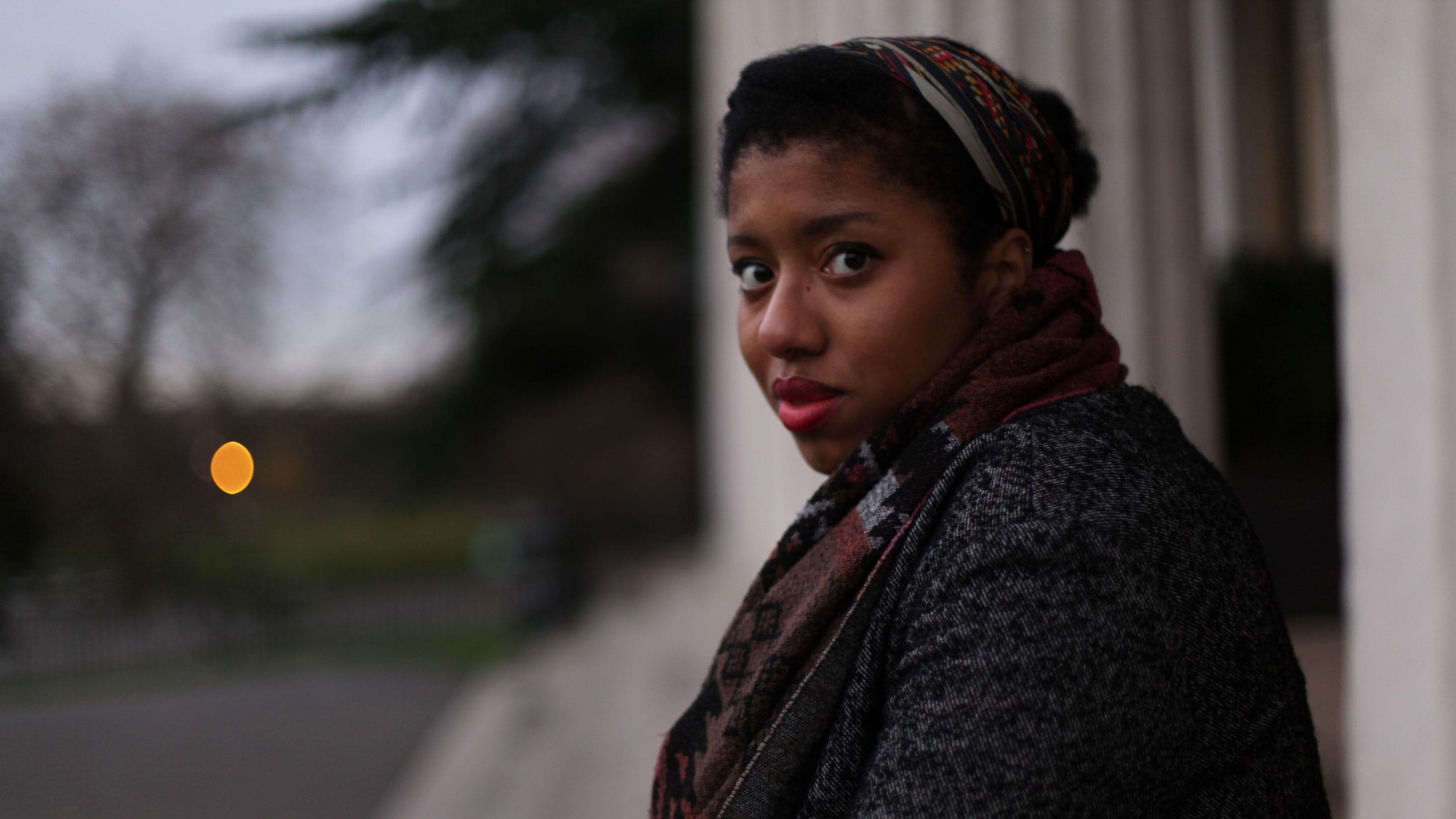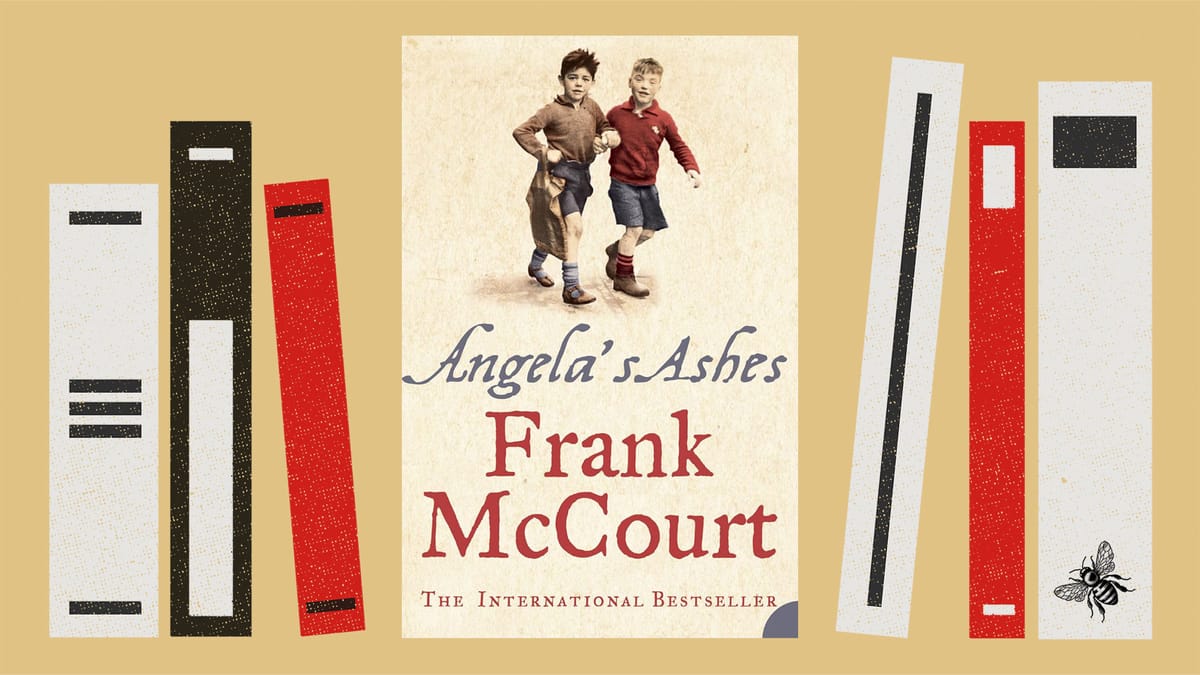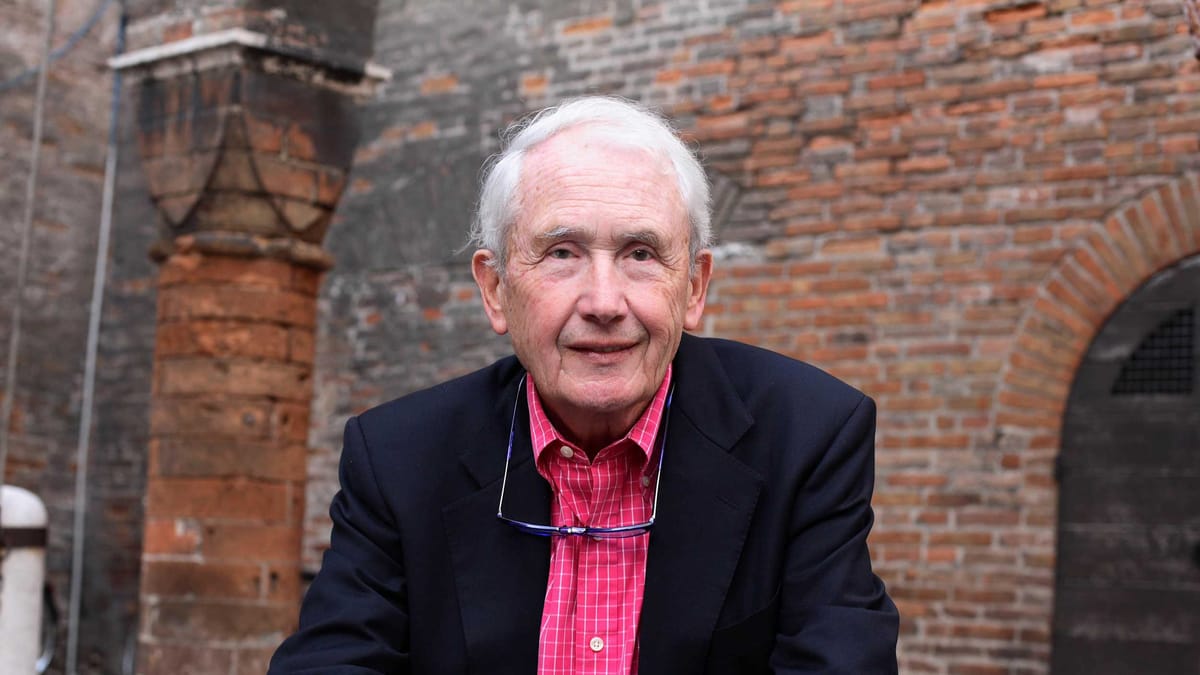Selina Nwulu, former Young Poet Laureate for London, works both as a creative writer and a consultant in the social and climate justice sector. Her poetry has been featured in Vogue, i-D and ES Magazine, translated into number of different languages and exhibited worldwide. Her collection, A Little Resurrection (Bloomsbury 2022) was a Poetry Book Society recommendation and an Irish Times book of the year, and her work was longlisted for the 2023 Forward prizes.
In her debut essay collection, Black Climates: Notes on Race, Our Environment, and Visions for Equitable Futures, reframes the crisis by asking: what might a saved planet look like for a Black collective? As Selina points out, in order to want to save the planet, a person must feel they belong in it. Yet Black people are often told they do not belong in certain places. What’s more, climate change – with roots in colonialism and exploitation – can feel inherently racist. Black Climates deals imaginatively with these questions, and evokes Selina’s close engagement with the natural world around her.
In August we caught up with her to explore some of the issues in the book, and ask why mainstream environmental movements can seem so exclusionary.
Richard Benson: Black Climates covers a wide range of subjects, and blends personal and more political perspectives. Was there a catalyst that got you started on the book?
Selina Nwulu: My work, in general, aims to blend the personal and political, often in ways that may seem unexpected and interpersonal. So Black Climates was really the continuation of this thinking, and a culmination of 10-plus years of thought about race and the climate crisis.I’ve given talks about how we need more interesting and accessible ways of talking about climate change, so this was a chance for me to put my money where my mouth is! It felt important to weave some personal anecdotes into the book to show how my life, and by extension all of our lives, fit into the broader context of climate breakdown.

RB: Were there any things you discovered in the course of researching the book that changed how you saw the climate crisis?
SN: I mention in the introduction that the central point in every chapter is the matter of what has been taken from us, and the question of how we reclaim it. This was the conclusion I found myself coming to at the end of every topic covered, and is essentially the overarching question of the book. But I think it’s a question that can only be truly answered as a collective.
Another realisation was something I already knew on some level, but that was reawakened in writing this book. It’s that beneath all the pain and exploitation we face, the planet is actually a living miracle. It’s a miracle that we live on a planet that has the potential to offer us everything we need to live fulfilled and healthy lives, whether via the air we breathe or food that grows. And the key to accessing it is none other than living in sync with the natural world and its seasons, not against it. It’s so simple we often take it for granted.
RB: Although you make the point that we have differing relationships with the planet…
SN: Yes… I don’t think the main message of the climate movement is inherently wrong – this is our only planet and we need to do our best to save it. But we don’t all have the same relationship to the planet, particularly those of us who have been marginalised. This too needs honest interrogation, and ultimately means we need to take necessary steps to repair the disconnect and systemic violence many of us experience, if we are all to have a stake in a more sustainable future.
RB: I detected behind your highlighting of problems a great love of nature on your part. Was that correct?
SN: Writing this book showed me that perhaps I am, more than I think! I think a love for the natural world was the antidote to some of the heavier, more painful topics that I discussed. For all the difficulties of the crisis, the natural world also offers us an opportunity to be more connected to it, and to belong to it in a way that marginalised communities are rarely afforded elsewhere.
RB: Is there one particular place where you might go, as a personal choice, to really feel that beauty?
SN: I wouldn’t say I had one specific place to go, but I think over the years I’ve begun to witness the ordinary. The way that the trees and wildlife in my local area change with the seasons, or even just how my houseplants are coming along. I realised that for every passing year there’s something new I always notice, that nothing is ever staying the same. I look out for specific trees to blossom again in spring and imagine the wisdom they hold. It’s made me understand everyday green spaces, big and small, in a new way.
RB: I came away thinking that the mainstream green movements have basically failed to build much of a movement or consensus outside a narrow group of people. Would you agree?
SN: I definitely agree, and this is the feeling that I and many others have had about mainstream green movements for some time. While I think there have been some intersectional changes within environmental activism more recently, a movement that is inherently white, without concentrated effort, will frame its thinking and behaviours in whiteness, which by extension excludes and undermines non-whiteness. This is how “neutral” narratives can actually be quite violent. So, while typical messages to “save the planet” and “protect green spaces” aren’t wrong, if you are ignoring other human lives that also need to be saved and protected as part of the planet you say you care about, then it’s a one-dimensional and exclusionary idea.
RB: One of many moments that made me stop in my tracks as I read was the start of chapter 2, where you use the words “I can’t breathe” to link police brutality and the brutality of people who enable air pollution. In newsrooms or in academia, these areas would usually be compartmentalised. Your writing, however, makes connections between the ideas. Do you see that compartmentalisation as a kind of luxury that ruling groups can afford?
SN: Yes, and I think this builds on my last answer – we need more interconnected ways of thinking about the world. I think there’s something in us that craves simplicity, and to be able to think about the world in ways that are more clear-cut. Certainly, within many public spheres, such as within mainstream media, we’re given tidy soundbites that don’t often allow for nuance or complexity, especially when it comes to matters of race.
But the world doesn’t exist in these neat and tidy ways. Everything is interconnected and often non-linear. Our understanding of the climate crisis needs to also hold space for such messiness and complexity.
RB: You mention moving past the rigidity of Blackness when it’s reduced to an acronym or defined solely as a contrast to whiteness. Mainstream arts and culture still seem at a point where Black nature writing is seen as a kind of sub-genre or special interest section in a genre dominated by white middle-class men. If you could wave a magic wand, how would publishers’ presentation of work, and critical responses, be different?
SN: This speaks to a point I make in the introduction of the book – white people make up to 15% of the global population. Which means when speaking about stories that affect all of us, industries and movements that seek to sideline the global majority are missing out on the bigger picture. It affects how we’re able to see, know and understand the world, and this lack of real global representation leaves us all the poorer.
This means moving past tokenisation and there “already being one BPOC” talking about the crisis, and instead giving space for many of us. This isn’t just about equity – though there is a case for that – but it’s also about how we learn the real truths and wisdoms of the world that can best equip us all as a collective in the face of an existential threat such as the climate crisis.
RB: At the end of the book you talk about the value of the radical imagination and of being unrealistic. Do you feel this is important as a reaction to capitalism?
SN: I have to believe that things feel so extreme and challenging precisely because we are witnessing the end of many of the structures that have held capitalism, and now late-stage capitalism, in place. We have been spoon-fed this reality, and have never been encouraged to question or consider alternatives beyond what we are experiencing in the here and now. So, I think it’s on us all to think about other possible ways we get to exist, beyond violence and exploitation. It’s pretty daunting, but I think part of the work of believing we can exist beyond the cruelties of late-stage capitalism is practising alternatives.
RB: The issue of social class felt present as an idea in Black Climates, without being made explicit.
SN: Yes, on a practical level, writing Black Climates made me understand why writing a book is something marginalised people rarely get to do. You need time, experimentation and space. It was very hard to write a book like this and do my day job at the same time. Trying to balance the book and other life responsibilities was a constant navigation for a lot of this process.
More conceptually, class, alongside other marginalised experiences, was present in my thinking in this book. My starting point for this work was the question: who gets to feel and worry about the climate crisis, when already constantly in navigation of other crises, whether that be the cost-of-living crisis, disability cuts and ableism, transphobia, racial violence or growing anti-immigration sentiment? While I can fully understand how the climate crisis may not be something a person feels they have headspace for, I hope this book offers a way of thinking about climate change in ways that intersect with a person’s life and concerns, rather than distracting from and undermining them.
RB: Are you working on anything else, or are you taking a break?
SN: Definitely a break! And taking some time for thinking about the next creative project. I’d also really love to be in conversation about many of the topics I discuss in the book.
Buy Black Climates in our shop at Bookshop.org
Contact Selina Nwulu about Black Climates at www.selinanwulu.com
All donations go towards supporting the Bee’s mission to nurture, publish promote and pay for the best new working-class writing.








Comments